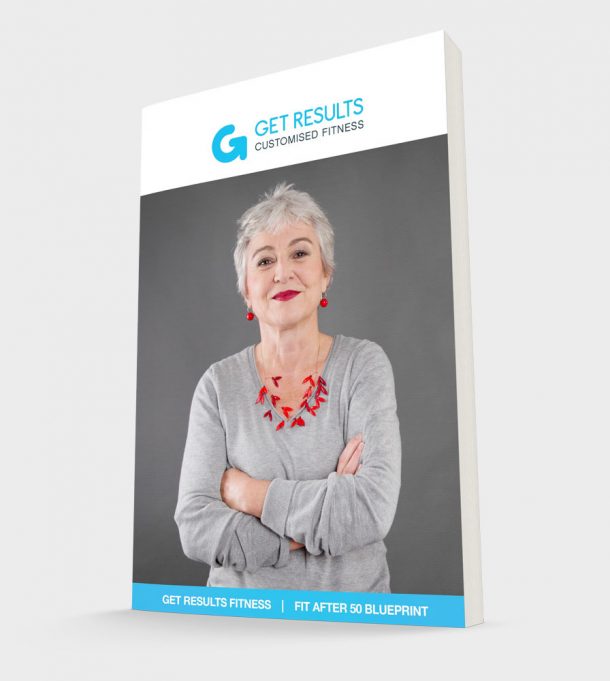A staggering number of people will experience at least one episode of back pain in their lifetime. To avoid joining that list or to help anyone with a current or recurring back issue we have designed a simple 5 steps plan to better back.
1) Stretch Daily
Many back issues can come from tight muscles surrounding the spine. If you stretch out the muscles that attach to the spine you will relieve a lot of the tension that can develop as wells as reduce the muscle imbalance that occur from these tight over activated muscles
Hip Flexor stretch
– Split stance knelling
– Tilt your pelvis upwards to feel a stretch in the front of the pelvis (and perhaps lower back)
– Raise your arm upwards on the side that you are kneeling on
– Increase stretch gradually
Child Pose
– Kneel with your bum back on your heels
– Stretch your arms out on the floor in front of you
– Focus on keeping your bum down on your heels as you inch your fingers away from the body
Pigeon Pose
– In a full plank position fold the knee underneath the body below the belly button.
– Straighten the opposite leg behind the body on floor.
– Gradually lower into the stretch
2) Do Regular Pelvic Rocks
Regularly performing pelvic rocks can help to free off the lumbar region of the spine. This should be used on a daily basis to counterbalance the forward tilt of the pelvis that can often occur when sitting at your desk. This should also be used to relieve any occasions when you experience back pain or tightness.
Lie flat on your back
- Tilt your pelvis upwards to increase the gap between your back and floor
- Tilt your pelvis downwards to decrease the gap
- Repeat 10-20 times
(this can also be performed in a standing position)
3) Keep the spine moving
If we sit in the same position for too long the discs in our spine become compressed and our spinal fluid can dry up. This can cause the disc to become damaged and eventually lead to disc problems
Aim to get up and move from your seat every 20 minute; even if it is just to give your spine a bit of movement. Flex forwards and extend backwards, flex side to side and gently rotate the torso. This will get the spinal fluid moving again and ease some of the pressure in the discs.
4) Exercise functionally
For most of the population the biggest part of our day is spent in a seated position, it is vital therefore when you go to the gym that you get up and move. Doing basic movement patterns like squatting, lunging, pressing and pulling will train the body in a way that it was designed to perform. Contrastingly training on fixed machines particularly in a seated position will often lead to an imbalance between the big muscles and the smaller stabilising muscles. This is a key contributor to much of the neck back and shoulder pain experienced by many gym goers
5) Train the Core Muscles effectively
The core muscles are undoubtedly the least understood set of muscles in the body and because of this they are also very often trained incorrectly. The core muscles include the muscles of the trunk, shoulder girdle and hips. However when most people train the core they only focus on the abdominal muscles in the trunk, doing sit up type movements. The main role of the core is to stabilise the spine when the arms and legs move. So it would make sense therefore to train the body in a way that replicates this, by using equipment like medicine balls, dumbbells and barbells. These can be a great way to overload the core muscles in a more functional manner.
When it comes to doing core specific exercise avoid doing lots of sit up type movements as this has been shown to increase the risk of back pain.
I would highly recommend working with someone with a good grasp of the anatomy and function of the core as they will design a program that will help you maximize the potential of the core muscles. Achieving a well-balanced and strong core will greatly reduce your risk of back pain as well as improve performance in almost every sport and daily activity.
At Get Results we have helped hundreds of people move pain free. If you would like a free postural analysis to get to the root of any back issue you may contact us today.


